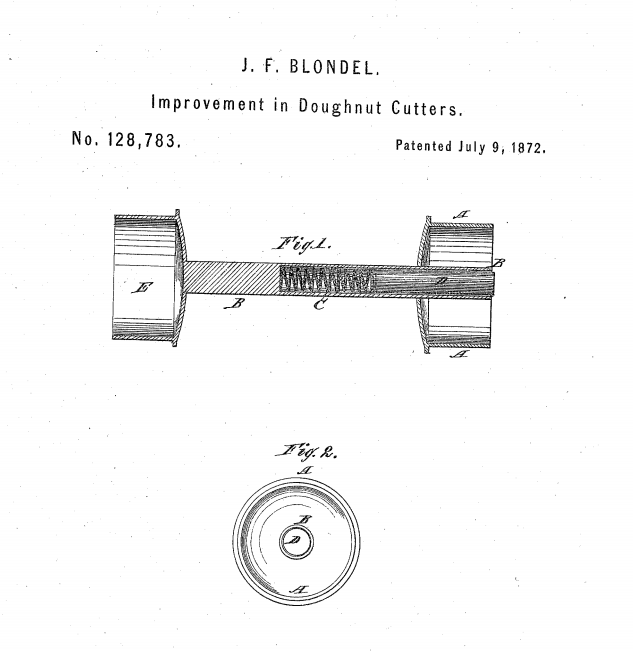Did Airlines Collude to Keep Air Fares High?
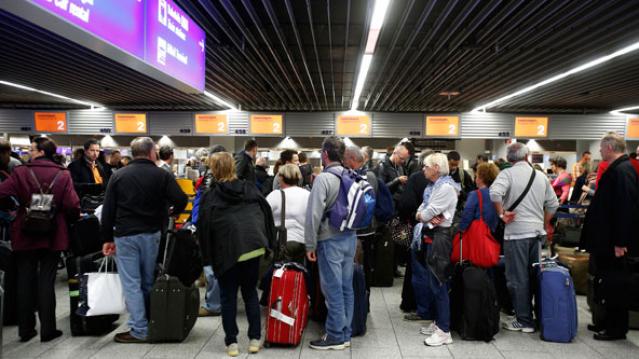
For months now, oil and gas prices have been dropping—and that includes jet fuel. So why haven’t airline ticket prices dropped as well? That’s one of the questions the Justice Department wants answered as it investigates the possibility of collusion among carriers to keep airfares high.
The DOJ also wants to know if companies conspired to limit the number of available seats in order to drive prices up. Yesterday, the Associated Press broke the news that major U.S. carriers had received a letter demanding copies of all communications the airlines had with each other, Wall Street analysts, and major shareholders about their plans for passenger-carrying capacity, going back to January 2010. The civil antitrust investigation is focusing on whether airlines illegally indicated to each other how quickly they would add new flights, routes, and extra seats in an effort to prop up ticket prices.
Related: 6 Sneaky Fees That Are Making Airlines a Bundle
Just minutes after the news broke, stocks of the major U.S. airlines fell four to five percent, with the S&P 500 airlines index off more than four percent. Until now, the U.S. airline industry had been enjoying record profits, due to increasing numbers of Americans flying and a huge drop in the price of jet fuel. In April, the price of jet fuel was $1.94 per gallon, a decrease of 34 percent from the previous year.
The investigation marks a notable shift for the Justice Department, which approved the merger of American Airlines and US Airways back in November 2013, despite previously blocking it over concerns that the airlines would collude on fares. The probe could signal a more aggressive approach on antitrust enforcement, under the strong leadership of Loretta Lynch, who was confirmed in April.
Justice Department spokesperson Emily Pierce confirmed that the department was investigating potential “unlawful coordination” among some airlines.
Just two weeks ago, U.S. Senator Richard Blumenthal (D-CT) urged the Justice Department to investigate what he called “anti-competitive, anti-consumer conduct and misuse of market power in the airline industry.”
Related: United Airlines Bullish on First Quarter from Lower Fuel Costs
Since 2008, various mergers have resulted in four major airlines (down from nine)—American, Delta, Southwest, and United—controlling about 80 percent of all domestic air travel. All four airlines have confirmed that they received the letter and that they were cooperating with the investigation.
According to Bureau of Transportation Statistics, the average domestic airfare rose 13 percent from 2009 to 2014 (adjusted for inflation). The average domestic flight last year cost $391. In the past year alone, airlines received an additional $3.6 billion from bag fees and another $3 billion from reservation-change fees. All of the major airlines—American Airlines, United Continental Holdings, Delta Air Lines, Southwest Airlines, JetBlue Airways, and Alaska Air Group—posted record profits with a consolidated net income of over $3 billion during the first quarter of 2015.
Which Would You Rather Have Stolen: Your Naked Photos or Your Financial Data?
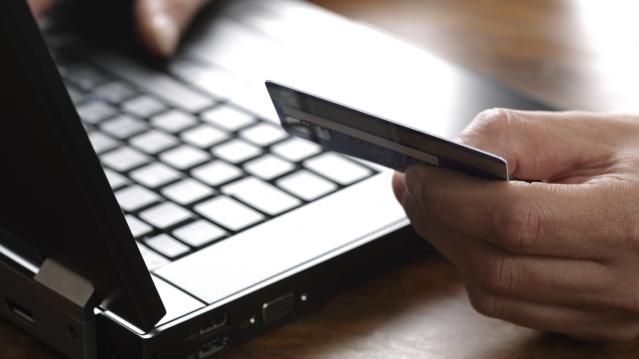
Given the choice, more than half of Americans would prefer to have naked photos of themselves leaked online than have their financial information stolen, according to a new report by MasterCard.
The study finds that more than three-quarters of Americans are anxious about their financial information and social security numbers being stolen or compromised. That makes it a worry for more Americans than having their email hacked (62 percent) or their home robbed (59 percent).
Still, most Americans aren’t properly safeguarding their data. Although more than 90 percent of those surveyed said that they take precautions to protect their financial information, 46 percent rarely or never change their passwords, and 44 percent use the same password for multiple online accounts.
Related: Expert Tips to Reduce Your ID Theft Risk
The two post popular passwords found on the Internet last year were (once again) 123456 and “password,” according to a separate report by password management provider SplashData.
In addition to changing your password and using multiple, strong passwords for various accounts, consumers can protect their data by avoiding public WiFi for purchases and shopping online only on secure sites.
There’s good reason to be cautious. Last year, 2.5 times more consumers were notified that their personal information had been compromised in a data breach than in 2013, according to Javelin.
If you are worried that you have been the victim of ID theft, report it immediately to your credit card issuer, bank, and other financial institutions. Sign up for a fraud alert and check your credit reports regularly for suspicious activity.
One Woman Gets Revenge on Unrelenting Telemarketers
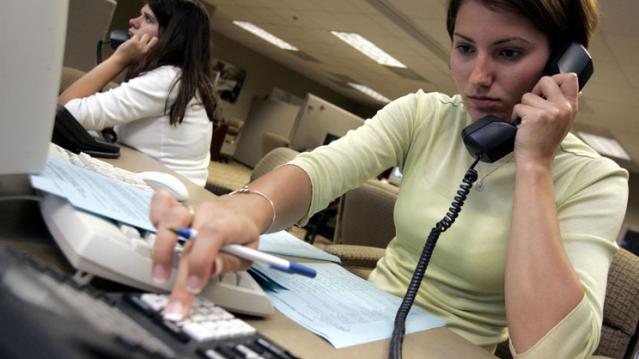
We all hate telemarketers, just as much as we hate cable companies. Put them together and it’s a lethal combination. One woman got her revenge from both yesterday when a judge ordered Time Warner Cable to pay her $229,500 after the company harassed her with 153 computer-controlled “robocalls.”
Even after Texas resident Araceli King requested and then demanded that the company stop contacting her, she received 74 more calls from Time Warner in less than a year. The company was actually leaving messages for Luiz Perez, an individual who once had her same phone number. But even after she explained her identity to a company representative the calls kept coming and King filed the lawsuit. The calls began in the summer of 2013 and King filed her lawsuit in March 2014.
Related: 18 Companies Americans Hate Dealing with Most
U.S. District Judge Alvin Hellerstein ruled that Time Warner Cable violated the Telephone Consumer Protection Act of 1991, which stipulates that consumers can sue for $500 for every unwanted call received. The judge tripled the penalty to $1,500 in this case because of the enormous number of calls.
Time Warner Cable countered that since the company believed it was calling Perez, who had consented to the calls, it was not responsible to King under the Act.
According to a telemarketer, before the National Do Not Call Registry came into effect in 2004 as an amendment to the Act, more than 137 annual calls were directed – on average -- at a single individual.
And as we all know, they usually came at dinner time or early on a Saturday morning when all you wanted to do was sleep.
One Woman’s $229,000 Revenge on Unrelenting Telemarketers
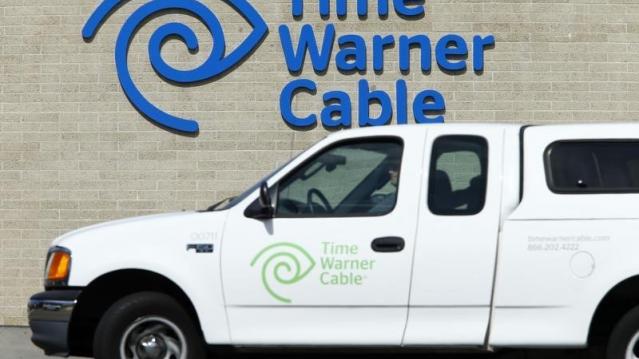
We all loathe telemarketers, probably even more than we hate cable companies. Put them together, though, and you reach a whole new level of consumer fustration. But one woman got a little bit of vindication from both entities when a judge on Wednesday ordered Time Warner Cable to pay $229,500 after the company harassed her with 153 computer-controlled “robocalls.”
Even after Texas resident Araceli King requested that the company stop contacting her, she received 74 more calls from Time Warner Cable in less than a year. The company was leaving messages for Luiz Perez, an individual who once had her same phone number, even after she explained her identity to a company representative and filed the lawsuit. The calls began in the summer of 2013 and King filed her lawsuit in March 2014.
Time Warner Cable countered that since the company believed it was calling Perez, who had consented to the calls, it was not responsible to King under the Telephone Consumer Protection Act of 1991, which stipulates that consumers can sue for $500 for every unwanted call received.
U.S. District Judge Alvin Hellerstein ruled that Time Warner Cable violated the Act. The judge tripled the penalty to $1,500 in this case because of the enormous number of calls.
The Hole Truth: Celebrating a Huge Day in Doughnut History

Whether you’re a Dunkin’ devotee or are crazy for Krispy Kremes, July 9 is a date you should celebrate.
On that date back in 1872, the doughnut took a big step toward becoming the billion-dollar business it is today: John F. Blondel of Thomaston, Maine received a patent for a “new and useful” improvement in doughnut-cutters that would speed the production and consumption of the humble pastry in the United States.
The device described in Patent No. 128,783 was intended to automate the process of cutting those dastardly doughnuts — holes and all — as efficiently as a hole punch. The desired edge could be plain or scalloped. This ingenious contraption would push the dough out of the center tube, leaving it free for making the next doughnut.
Related: Made in the USA: 24 Iconic American Foods
But as Art Cashin — the director of floor operations for UBS Financial Services who regularly sprinkles historical tidbits into his commentary — pointed out in a note Wednesday, before you can talk about Blondel’s doughnut innovation, you have to know the story of one Hanson Crockett Gregory, the young genius who forever changed what you and I get when we order our plain, glazed or chocolate with sprinkles. While the history of the doughnut is disputed, Gregory claimed to have invented “the first doughnut hole ever seen by mortal eyes” as a 16-year-old sailor on a lime-trading ship and then taught the technique to his mother, Elizabeth Gregory.
In case you’re still hungry for more doughnut history, this Friday, July 10, Krispy Kreme is celebrating its 78th birthday by offering a sticky sweet deal at participating locations: Buy any dozen doughnuts at regular price and get a second dozen for 78 cents.
Oh, and if you want to purchase those pesky doughnut holes that get unceremoniously shoved from the middle? You can buy those, too. They’re simply called Doughnut Holes, and they can be bought by cup or box in assorted flavors of Original Glazed, Dipped Chocolate, Powdered, Chocolate Cake, Blueberry Cake and Plain Glazed Cake.
Hanson Crockett Gregory would no doubt be amazed.
Are Internet Ads Gender Biased?
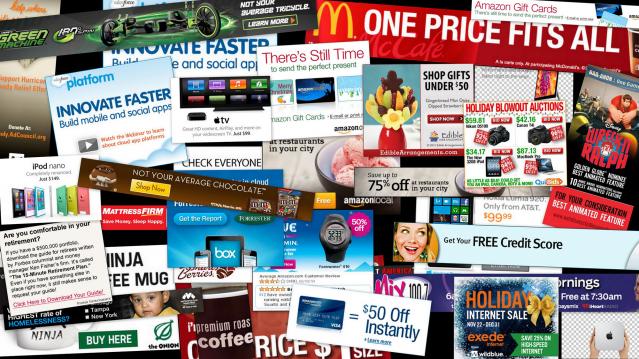
In the most-watched soccer game in U.S. history, the U.S. trounced Japan in a 5-2 victory in the Women’s World Cup final. The U.S. team will receive $2 million from FIFA for the win. Last year, the German men’s team, which won the World Cup, collected a cool $35 million.
While FIFA is notorious for sexism among other dubious behaviors, a Carnegie Mellon University study confirms that other companies are also biased about women—especially when it comes to money. One troubling example: female job seekers on Google were less likely to be shown ads for high paying jobs than male job seekers.
Using an automated tool called AdFisher, researchers explored how Google’s automated ad server reacted when users with identical profiles--except for their gender--interacted with Google’s ads. The technology found that males were shown ads for a career coaching service for “$200k+” executive positions 1852 times, but the female group was shown those highly paid positions a mere 318 times. While the premier career coaching service ads were the top ads shown to males, the top ads shown to females were a regular job posting service and an auto dealer.
Google allows its advertisers to target a particular audience, so any company is allowed to promote different ads based on gender. In addition, the survey wasn’t able to pinpoint the source of the discrimination, whether it was Google, the advertiser, both of them, or the algorithm that was tracking the user behavior. Regardless of the cause, the research proves the inherent perils of customization and targeted ads.
The study was released just before a wave of criticism hit the tech industry, which was accused of gender bias in hiring practices. In general, at major companies like Facebook, Yahoo and Google, women hold few leadership posts and make up around 30 percent of employees.
To be fair, women have not exactly flocked to get degrees in computer science and related math and science areas. Those are the jobs tech companies value most since all new digital products require coding skills.

